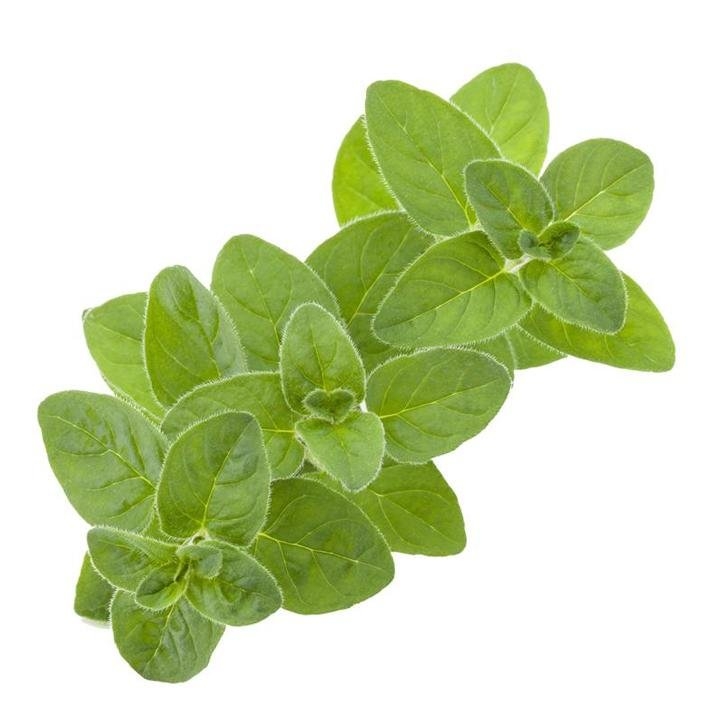It is located at the north east of Africa (Egypt) and runs from Saudi Arabia to India. It was introduced to the western hemisphere in the Middle Age, by the time of the Crusades. It was so well accepted that soon spread throughout Europe, where it was more popular than in its native countries, especially for its culinary use, as a spice to elaborate sausages or stews. It blooms between July and September. The apex is harvested when the plant is just about to bloom, between spring and summer, depending on the weather. As flowers do not grow all at the same time, it is not necessary to wait for all of them to open completely; otherwise, some will die waiting for the others to mature.
Flower apexes are used.
Internal use
External use
- Plantas Medicinales y Drogas Vegetales para infusión y tisana. S. Cañigueral, R. Vila y M. Wichtl.
- Fitoterapia aplicada. J.B. Peris, G. Stübing y B.Vanaclocha.
- PDR for Herbal Medicines. Medical Economics Company, Montvale. Second Edition. 2000; pp 833-5.
- Blumenthal M, Goldberg A, Brinckmann J. Herbal Medicine, Expanded Commission E Monographs. Integrative Medicine Communications, Newton. First Edition, 2000; pp201-4.
- Fitoterapia. Vademecum de prescripción. B. Vanaclocha y S. Cañigueral. Editorial Masson. 4ª edición.
- J. Bruneton. Farmacognosia.Editorial Acribia, S.A. 2ª edición.
- Max Rombi. 100 Plantes Medicinales. Editions Romart. Deuxieme Edition.
- Catálogo de plantas medicinales. Consejo General de Colegios Oficiales de Farmacéuticos. 2003.
- Bézanger-Beauquesne, Pinkas, Toeck, Trotin.Maloine S.A. 1980. Plantes médicinales des régions tempérées. Paris: Maloine, 1980.
- Bézanger-Beauquesne, L; Pinkas, M; Torck, M. Les Plantes dans la Therapeutique Moderne. 2ª. Paris: Maloine, 1986.
- Blumenthal, Busse, Goldberg et al. The Complete German Commission E Monographs. Therapeutic Guide to Herbal Medicines. American Botanical Council. 1998.
- Blumenthal M, Goldberg A, Brinckmann J. Herbal Medicine, Expanded Commission E Monographs. Integrative Medicine Communications, Newton. First Edition, 2000.
